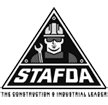
How to Choose the Right Chain Hoist for Your Industrial Needs Based on Expert Insights
In the industrial sector, efficiency and safety are paramount, especially when it comes to lifting heavy loads. The chain hoist has emerged as an invaluable tool, offering the mechanical advantage and reliability needed for a variety of applications. However, with numerous options available in the market, selecting the right chain hoist can be a daunting task for business owners and operators alike. This blog aims to provide expert insights into the essential factors to consider when choosing a chain hoist that meets your specific industrial needs.
Understanding the intricacies of chain hoists is crucial not only for optimal operational efficiency but also for ensuring compliance with safety regulations. The right chain hoist can greatly enhance productivity while minimizing workplace accidents. Throughout this article, we will explore key considerations such as load capacity, power source, and maintenance requirements. By leveraging expert advice and practical tips, you can make an informed decision that will ultimately benefit your operations and contribute to a safer work environment.
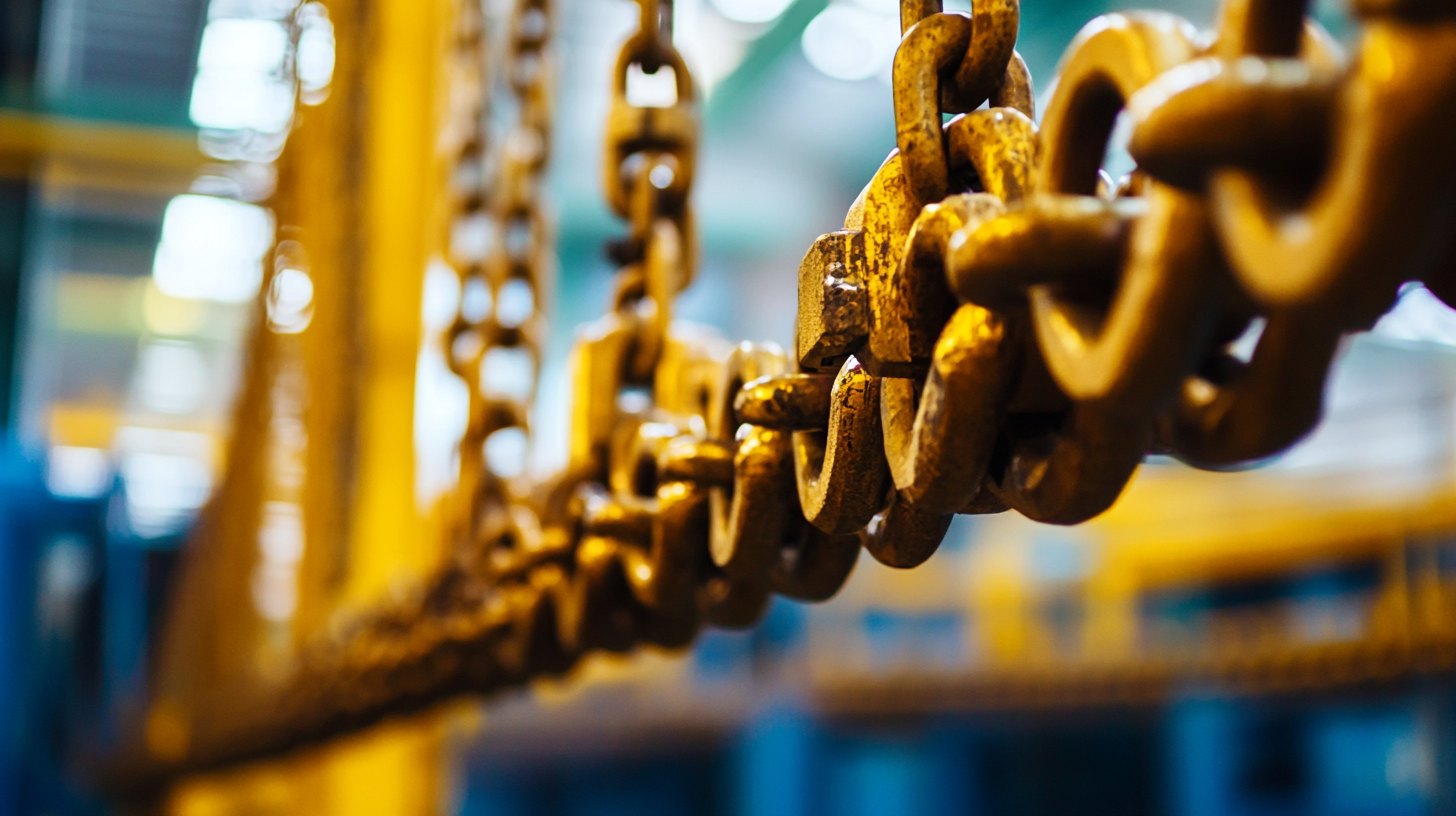
Key Factors to Consider When Selecting a Chain Hoist for Your Industry
When selecting a chain hoist for your industrial needs, it’s essential to consider several key factors that can significantly impact both safety and efficiency. Firstly, you should evaluate the load capacity required for your specific applications. Understanding the maximum weight you’ll be lifting is critical in selecting a hoist that is not only efficient but also safe. Overestimating or underestimating the load capacity could result in damaging your equipment or, worse, causing workplace injuries. Another important consideration is the operating environment. Chain hoists come with various features suited for different industrial settings. For instance, if your operations involve outdoor use or exposure to harsh elements, you may need a hoist with weather-resistant features. Additionally, think about the frequency of use; continuous operations may require a more robust design with advanced safety measures. Lastly, pay attention to the available features that enhance performance and usability. Modern chain hoists often include controls that provide improved precision and speed in lifting. Quality features such as overload protection, ergonomic controls, and easy maintenance access can also make a significant difference in day-to-day operation, ensuring that your investment pays off in reliability and performance. Ultimately, aligning your choice with these key factors will ensure that you select the right chain hoist for your industry’s specific demands.
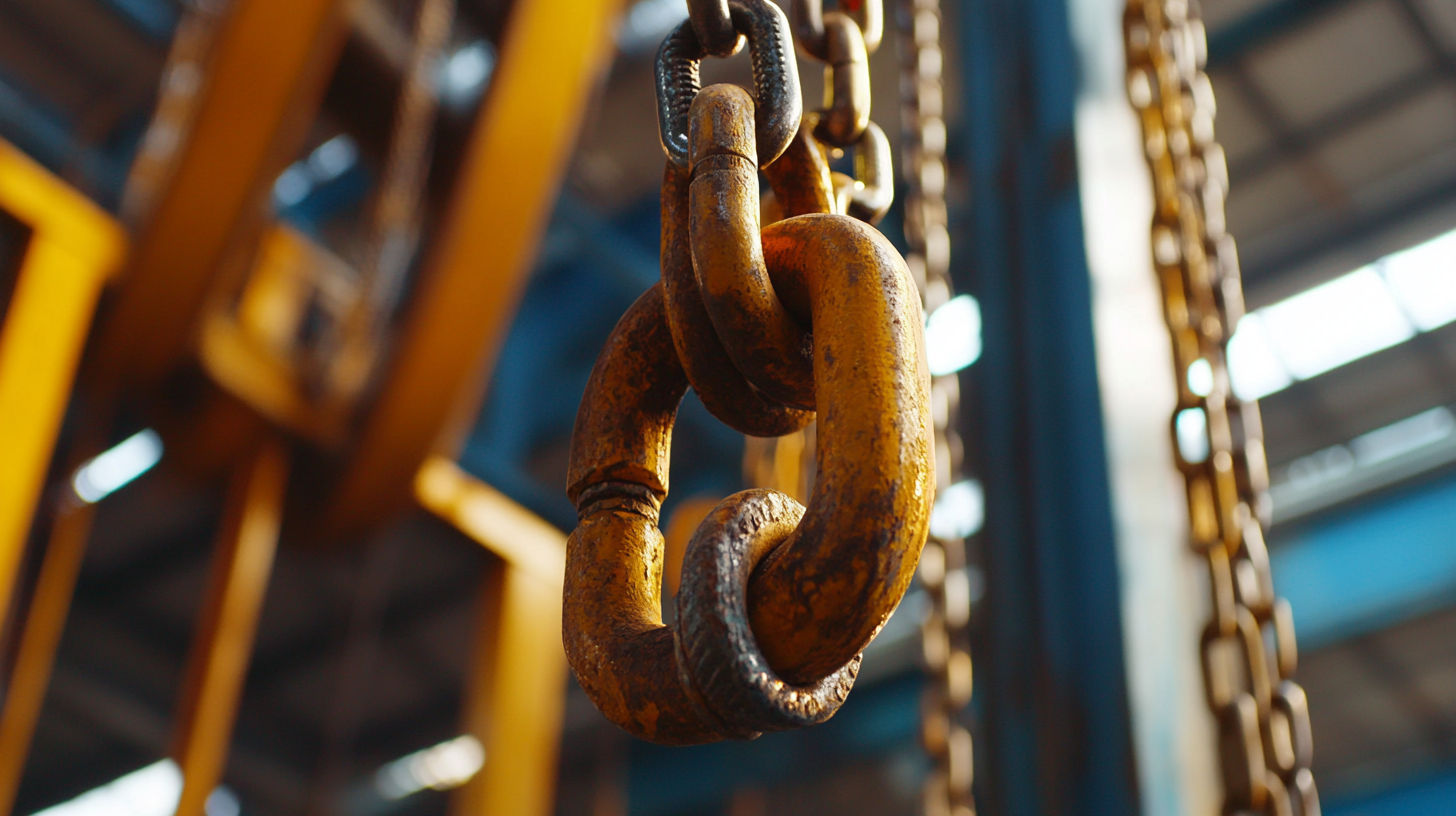
Understanding Load Capacity and Safety Ratings for Chain Hoists
When selecting the right chain hoist for industrial applications, understanding load capacity and safety ratings is crucial. Load capacity refers to the maximum weight a hoist can safely lift. It's essential to choose a hoist that not only meets but exceeds your operational requirements. For instance, if you regularly lift loads of 1,000 pounds, consider a hoist rated for at least 1,250 to 1,500 pounds. This extra capacity provides a safety margin that can accommodate unexpected weight fluctuations and ensure longevity of the equipment.
Safety ratings play a vital role in determining the suitability of a chain hoist for your specific environment. Look for hoists that meet recognized standards, such as those set by ANSI or ASME. These certifications assure that the hoist has undergone rigorous testing and meets strict criteria for safety and performance. Additionally, consider features such as overload protection, which can help prevent lifting beyond the hoist's capacity, thereby reducing the risk of accidents.
It’s also important to assess the operating conditions where the hoist will be used. Environmental factors, such as temperature extremes, humidity, and the presence of corrosive substances, can influence the hoist's performance. Make sure to select a hoist designed for your specific conditions, whether it's one that is weather-resistant or built to handle heavy-duty applications in a high-stress environment. By thoroughly understanding load capacity and safety ratings, you can make an informed choice that not only meets your immediate industrial needs but also promotes a safer workplace.
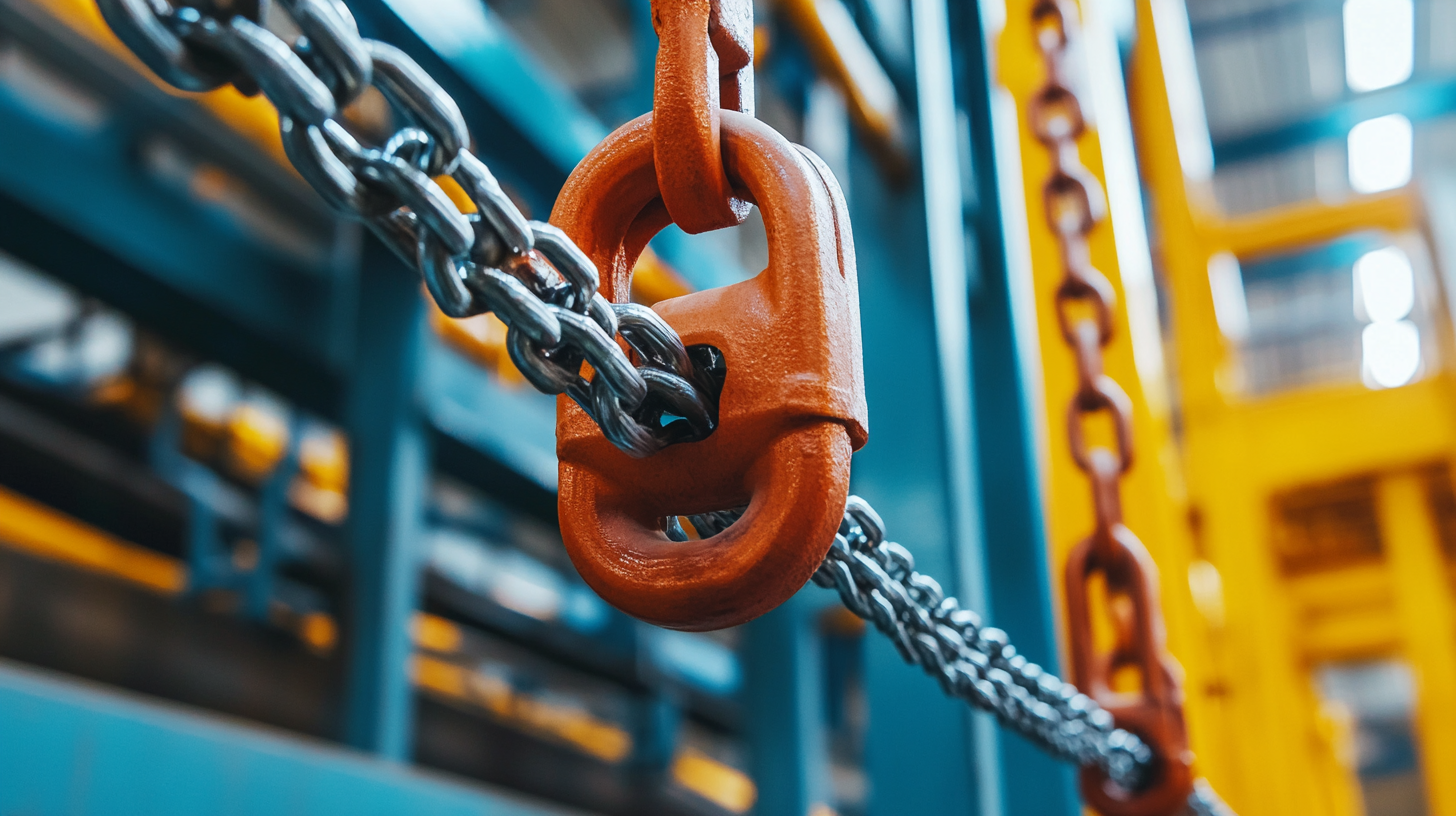
Innovative Features to Look for in Modern Chain Hoists
When selecting a chain hoist for industrial applications, it is essential to consider innovative features that enhance safety, efficiency, and ease of use. According to a recent report by the Industrial Hoist and Crane Association (IHCA), advancements in hoist technology have resulted in significant improvements in performance and reliability, which are critical for modern industrial operations.
One of the key features to look for is the integration of smart technologies, such as load monitoring systems and automatic overload protection. These systems can provide real-time data, allowing operators to make informed decisions and reduce the risk of accidents. The IHCA estimates that hoists equipped with smart features have reduced equipment failure rates by up to 30%, demonstrating their value in maintaining operational efficiency and safety.
Another critical innovation is the use of lightweight materials and ergonomic designs. Modern chain hoists often feature high-strength aluminum bodies and other materials, which not only reduce the overall weight but also enhance portability. The latest data indicates that ergonomic designs can decrease operator fatigue by nearly 25%, thus improving productivity during prolonged use.
Additionally, advanced control systems, such as wireless remote controls, have transformed the way operators interact with chain hoists. These systems provide greater flexibility and safety, allowing operators to manage lifting tasks from a distance. Reports indicate that facilities using wireless-enabled hoists have seen a 40% increase in task speed, showcasing the profound impact of technology on industrial lifting operations.
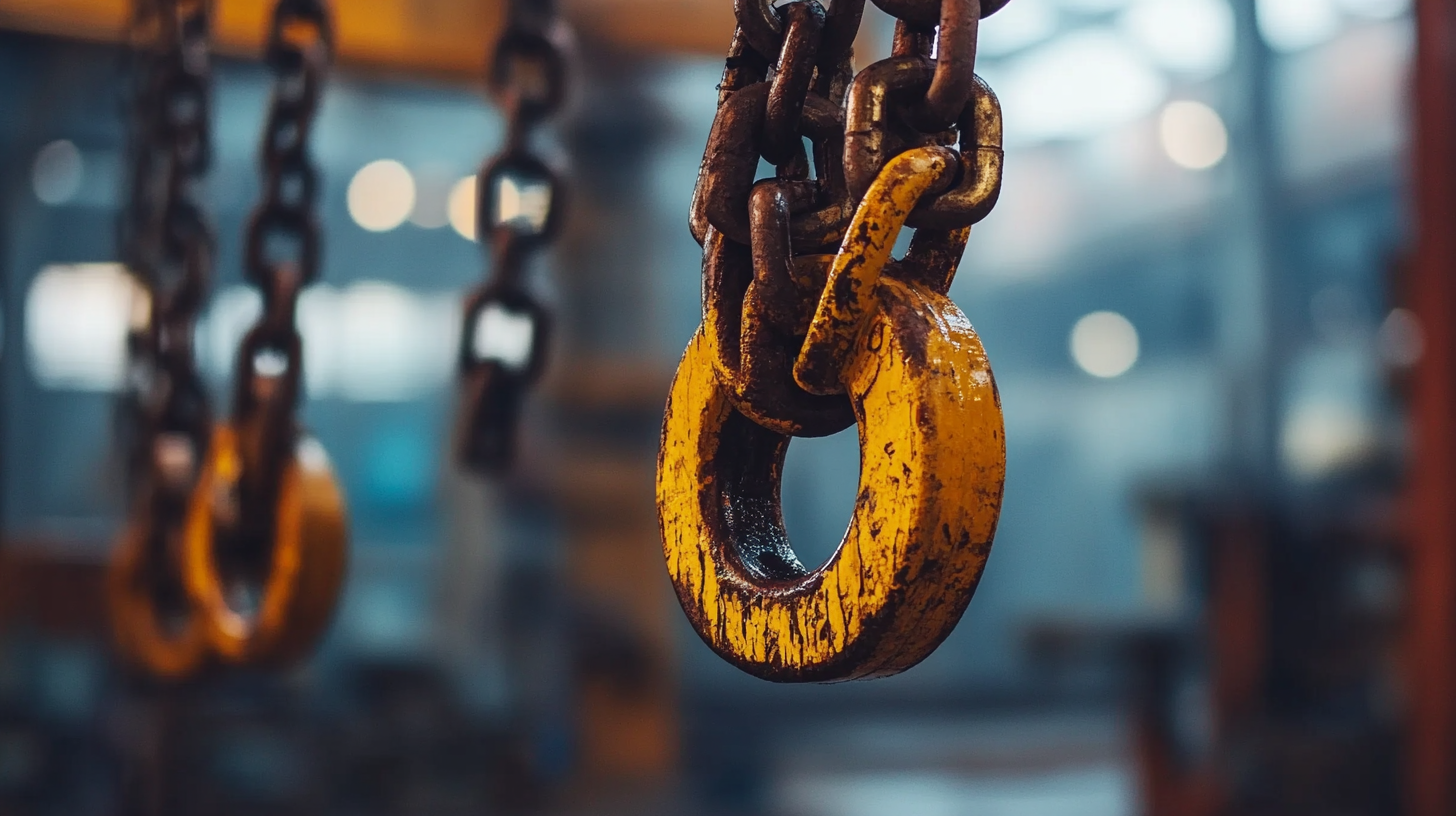
Comparing Manual vs. Electric Chain Hoists: Which is Right for You?
When selecting a chain hoist for industrial applications, it is essential to weigh the benefits of manual versus electric options. Manual chain hoists are typically simpler in design, offering ease of use and lower initial costs. They require no power source, making them highly portable and ideal for environments where electricity is unavailable. According to industry reports, manual hoists can effectively lift loads up to 10 tons, making them suitable for a range of smaller lifting tasks in warehouses and workshops.
On the other hand, electric chain hoists provide significant advantages in efficiency and convenience. These hoists can handle heavier loads, with the capacity to lift over 20 tons, depending on the model. They offer faster lifting speeds and can operate continuously without the physical exertion required by manual options. A recent survey among industrial users indicated that 75% favored electric models for their productivity gains, especially in repetitive lifting operations where time is a critical factor.
While the initial investment for electric hoists may be higher, the long-term benefits, including reduced labor costs and increased operational efficiency, often justify the expense. Additionally, modern electric chain hoists are equipped with safety features such as overload protection and limit switches, which enhance workplace safety. Ultimately, the decision between manual and electric chain hoists should hinge on the specific requirements of your projects, load capacities, and the frequency of use.
Maintenance and Durability: Ensuring Longevity in Your Chain Hoist Choice
When selecting a chain hoist for industrial applications, maintenance and durability should be at the forefront of your decision-making process. A well-maintained chain hoist not only enhances safety but also ensures efficiency in operations. To achieve longevity, choose models made from high-grade materials that can withstand the rigors of your specific work environment. Metals that resist corrosion and wear are vital, especially if the hoists are to be used in harsh conditions.
Regular maintenance is essential for extending the lifespan of your chain hoist. Implementing a routine inspection schedule can help identify potential issues before they escalate into costly repairs. Check for signs of wear on the chain, as well as examining the hoist's gears and brakes. Keeping these components in optimal condition will significantly reduce the risk of operational failures. Just as in the earthmoving sector, where tire maintenance is critical for performance and cost-efficiency, your chain hoist requires similar attention to ensure it operates smoothly and lasts longer.
Furthermore, consider investing in hoists that offer easy access to parts for maintenance purposes. This will not only save you time during servicing but also enhance the reliability of the equipment. The choice of a robust chain hoist, coupled with a diligent maintenance strategy, can lead to significant savings and improved productivity in your industrial operations.
Copyright ©2024 Elephant Lifting Products | All rights reserved.
38381 N Robert Wilson Rd, Gonzales, LA 70737 USA
Toll Free: (888) 844-6113 | Phone: (225) 644-6113 | Fax: (225) 644-6695
Email: sale@floralift.org





